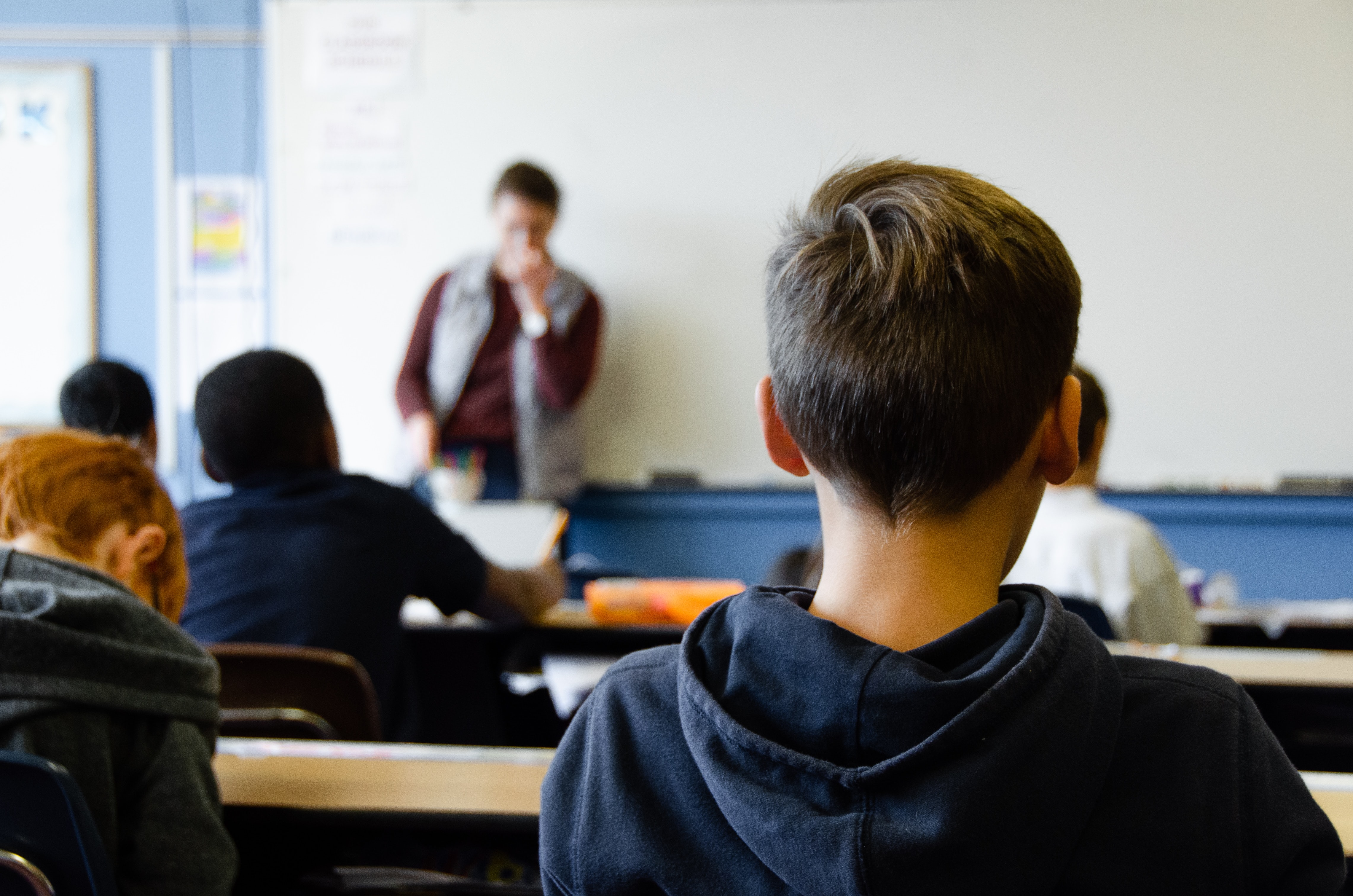Sign up for our information-filled email newsletter

COVID-19 Impacts on Educators

In addition to the students, when it comes to education, teachers are another group significantly impacted by COVID-19. The COVID-19 impacts on educators vary considerably based on their location, subjects taught, type of school, community involvement, personal life, health, and other factors, all of which need to be taken into account when examining the challenges they face.
According to a brief issued by the United Nations, the COVID-19 pandemic has impacted nearly 1.6 billion students across more than 190 countries and all continents, making it an exceptionally challenging situation for educators to navigate. Pride Surveys spoke with several teachers during the development of the COVID-19 Impact Survey for Educators who shared the top COVID-19 impacts on educators they are witnessing and experiencing firsthand.
These are 12 of the top COVID-19 impacts on educators and the challenges of teaching during a pandemic:
1. Many teachers continue to have to work in-person, whether or not they are high risk. If they do not, they risk losing their jobs and, in some cases, teaching certificates or money to train their replacement if they don’t want to lose their certificate.
2. Many teachers also have children, and some teachers are not given resources for childcare. This causes a substantial burden and an increase in expenses for teachers who do not have family or other free childcare options available, or they may be forced to bring their children with them to work.
3. A significant number of teachers are teaching in-person and online simultaneously, causing the number of students they teach to increase and the amount of dedicated time with each student to decrease. There is also an added burden of getting materials to the students in person and online.
4. Policies and rules are constantly shifting, including the rapidly changing expectations about how and where teachers will teach, making it very difficult for them to plan.
5. Some teachers who are returning to school, whether brick and mortar or virtual, have had superiors shift their roles and subjects. This can cause additional pressure on the teacher to create new lesson plans and get up to speed on a subject they have not previously taught.
6. There are very limited, if any, substitutes available, as aging retired teachers are traditionally a big part of the substitute teaching pool and districts are facing teacher shortages as older teachers retire in large numbers.
7. Teachers have to learn new technology on the fly as they move to virtual or remote programs.
8. Technical difficulties with online classrooms reflect poorly on the teachers and the schools, something educators have minimal control over.
9. Some students are cheating during online assessments. Academic integrity is a significant challenge for teachers to monitor and attempt to plan for when teaching virtually.
10. In the case of unruly students, teachers have to come up with ways to discipline them or keep them on track. This is extremely challenging if they are only in a virtual classroom.
11. Voices are not heard, and opinions are not asked of teachers about the pandemic and how teaching should be performed. This takes place at all levels from the Governor to the state agency, to the superintendents, to the principals, but it ends up being the teachers who bear the brunt of these decisions.
12. Students with disabilities are being left behind. This includes physical disabilities (i.e., vision, hearing, cerebral palsy, etc.), mental health conditions, intellectual disabilities, and more. Many with disabilities may be more at risk if they are exposed to or test positive for COVID-19, and online learning may not be a viable option for them.
Pride Surveys strongly supports educators and strives to provide them with the tools to safely and effectively teach children. We are passionate about mitigating the COVID-19 impacts on educators. If you are in need of resources or additional information such as best practices for student, teacher, and online school surveys, please contact us today. We have developed a COVID-19 Impact Survey for Educators and a COVID-19 Impact Survey for Students that have been created to help schools, districts, and state education agencies hear from their students and teachers with the aim of identifying specific areas of need during and after the crisis that can be addressed by the school systems.
Resources:

- Data Collection Preparation for Schools
- The Positive Impact Community-Led Interventions Can Have on Students
- Student Challenges Over Summer 2022
- The State of Student Mental Health
- The Smoking Age Debate – Is it Doing Enough for Youth?




